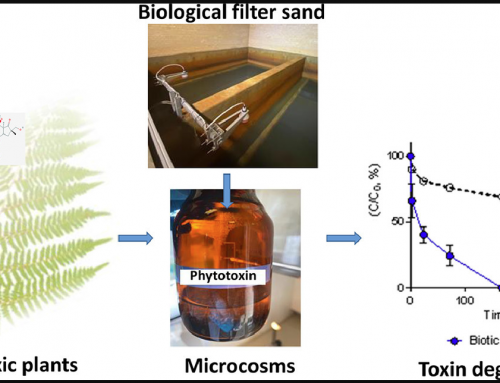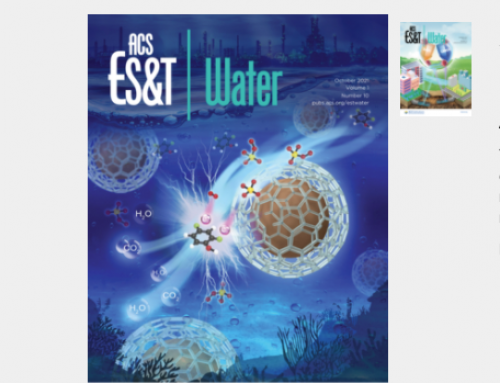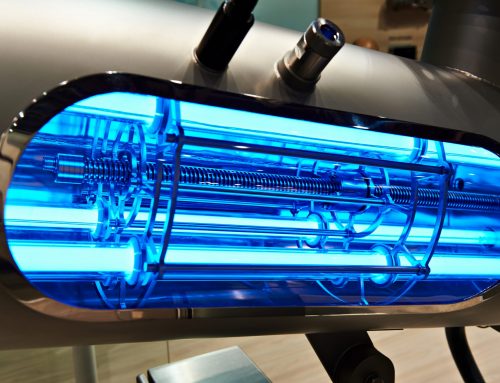Hi all…there have been a number of studies which have been unable to link the risk of certain cancers with trihalomethanes (THMs) in drinking water over the past couple of decades. In a just published review, the authors examined trends in the incidence of bladder cancer in 8 countries in the 45 years since THMs were detected in chlorinated drinking water. They conclude that their review supports “epidemiologic findings that bladder cancer risk from drinking water, if any, is small, and it is probably overwhelmed by many other larger risk factors such as smoking, diabetes, and other country-specific aspects.”
While a case could be made for removing THMs from guideline and regulations, the authors counter this stating “DBP management using measurable surrogates remains an appropriate and practical strategy for maintaining drinking water quality and avoiding excessive unnecessary exposures” with the caveat that “as reiterated by WHO, DBP management decisions should never compromise microbial disinfection efficacy and they should reflect costs and identifiable benefits.”
There is a similar abbreviated story in the January 2019 issue of JAWWA (111:1) entitled ‘Trihalomethanes: Concentrations, Cancer Risks and Regulations’ by Cotruvo and Amato.https://awwa.onlinelibrary.wiley.com/doi/pdf/10.1002/awwa.1210
Bill
National Trends of Bladder Cancer and Trihalomethanes in Drinking Water: A Review and Multicountry Ecological Study
Joseph A. Cotruvo and Heather Amato
Dose-Response: An International Journal January-March 2019:1-19
https://journals.sagepub.com/doi/10.1177/1559325818807781
Abstract
“We examined trends in incidence of bladder cancer in 8 countries in the 45+ years since trihalomethanes (THMs) were detected in chlorinated drinking water. Total trihalomethanes (TTHMs) are the principal regulated disinfection by-products (DBPs) along with halogenated acetic acids (HAAs). Numerous epidemiological studies have examined exposure to TTHMs and associations with bladder cancer. Concentrations of TTHM have declined in most of the 8 countries that were studied as has smoking prevalence. Incidences of bladder cancer have usually stayed relatively flat, especially for females, with some variations. Since THMs are not carcinogens in whole animal tests, they may not be appropriate surrogates for studying potential cancer risks in drinking water. Etiology of bladder cancer is complex; incidence correlates with age. Previously identified risk factors include smoking, type 2 diabetes, sex, ethnicity, arsenic, aromatic amines, and occupations. As a predominant risk factor, smoking trends may dominate incidence rates, but additional time might be required to determine whether a DBP risk exists due to long latency periods. Causal drinking water-related bladder cancer risks remain questionable and likely small compared to other factors, although surrogate-based DBP management is an appropriate strategy for maintaining drinking water quality as long as it does not compromise microbial disinfection.”





